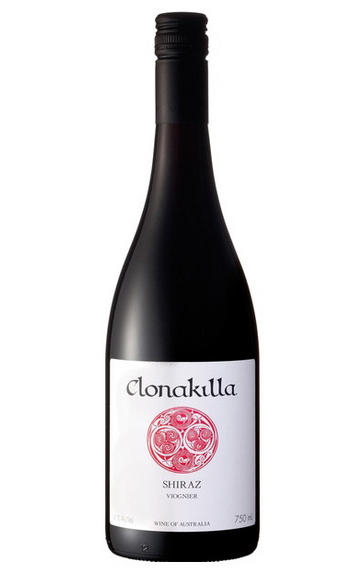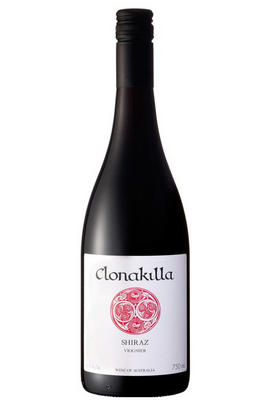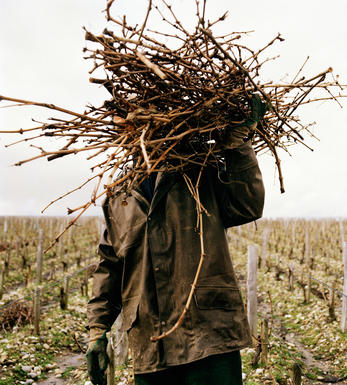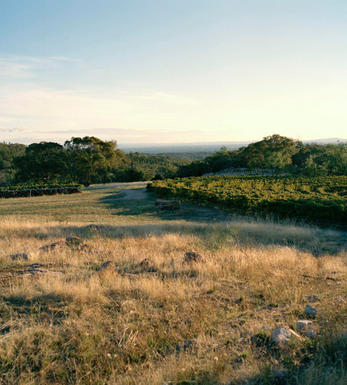
2014 Clonakilla, Shiraz Viognier, Canberra District, Australia

Critics reviews
Joe Czerwinski - 31/01/2018
About this WINE

Clonakilla
Clonakilla was established in 1971 by John Kirk, a Canberra based research scientist of Irish descent. He bought a 44-acre farm near the village of Murrumbateman in New South Wales, 40 kilometres north of Canberra.He named the property Clonakilla (`meadow of the church') after his grandfather's farm in County Clare. He proceeded to plant 1.2 acres each of Cabernet Sauvignon and Riesling. and a further 1.2 acres of Shiraz, Chardonnay and Pinot Noir in 1972.
In 1996 John's son Tim left a career in school teaching to work full time in the family business as winemaker and general manager. In 1998 Tim and his wife Lara bought the 50-acre property next door and planted Shiraz and Viognier as well as a small olive grove on the warm north-east facing slope.
Clonakilla's speciality is their Northern Rhône blend of Shiraz with a touch of Viognier. This exquisite blend is most famously put to use in Côte Rôtie. The Hilltops Shiraz is a recent addition and is produced from fruit selected from three vineyards around the town of Young in New South Wales and displays all the character you would expect from a top Australian Shiraz with this producer.

Canberra District
The Canberra District is an emerging and rapidly growing winemaking region in southeastern Australia, surrounding the Australian Capital Territory (ACT), which houses the nation's capital, Canberra.
The region is renowned for its cool climate, ideal for producing elegant, aromatic white wines and complex, medium-bodied red wines. Warm summer days are followed by cool nights, which help grapes retain acidity and develop complex flavours. This climate is particularly well-suited for grape varieties such as Riesling, Chardonnay, Shiraz, Cabernet Sauvignon, and Pinot Noir. The soils are varied, ranging from volcanic to limestone and clay-based.
While still relatively young compared to more established wine regions in Australia, the Canberra District has garnered significant recognition, having received numerous awards and accolades domestically and internationally, drawing attention to the region's potential as a producer of premium cool-climate wines.


Buying options
Add to wishlist
Description
The medium to full-bodied 2014 Shiraz-Viognier continues the Clonakilla tradition of terrific wines that are easy to drink on release yet can age for well over a decade. It reveals floral notes, peppery spice and red berries, a plump, silky texture in the mouth and a lingering finish.
Joe Czerwinski - 31/01/2018
wine at a glance
Delivery and quality guarantee